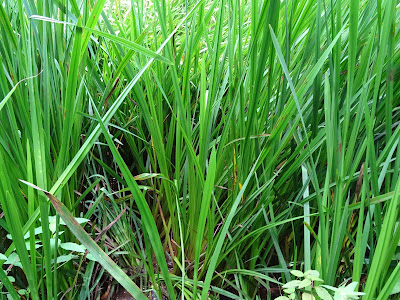For the past few years, we have ventured down to Cornwall, especially Porthleven (http://viewsoftheock.blogspot.co.uk/2012/09/views-of-atlantic.html) - nothing can compare to watch seals fishing for crabs and dolphins swim past as you sit outside drinking a morning coffee or an evening glass of wine.
But a chance encounter led us to explore the Kennall Vale at Ponsonooth, near Falmouth.
Powered by the river Kennel, it was once the site of twenty water mills used to produce the gunpowder that was used in the local tin mines. But once the much safer TNT became established the mills were abandoned, leaving nature to take over and the vale has become an eerie and atmospheric reminder of a bygone era.
.
.
The site was not just used for gunpowder production, a flooded quarry shows the site was also used for granite extraction and processing.
.
.
The shallow and fast flowing river was not just an excellent source of power for the mills, it is an ideal habitat for an animal which does not occur in Oxfordshire - the dipper
.
.These small birds dip under the waterfalls as they search for insect larvae which make up their diet. Their size and colour can make them hard to spot and even harder to photograph, but when seen they are as endearing as anything found on a river in Oxfordshire.
.
.
The Kennall Vale is now a nature reserve and managed by the Cornish Wildlife Trust and is really worth a visit if anyone is visiting south Cornwall: http://www.wildlifetrusts.org/reserves/kennall-vale


















































